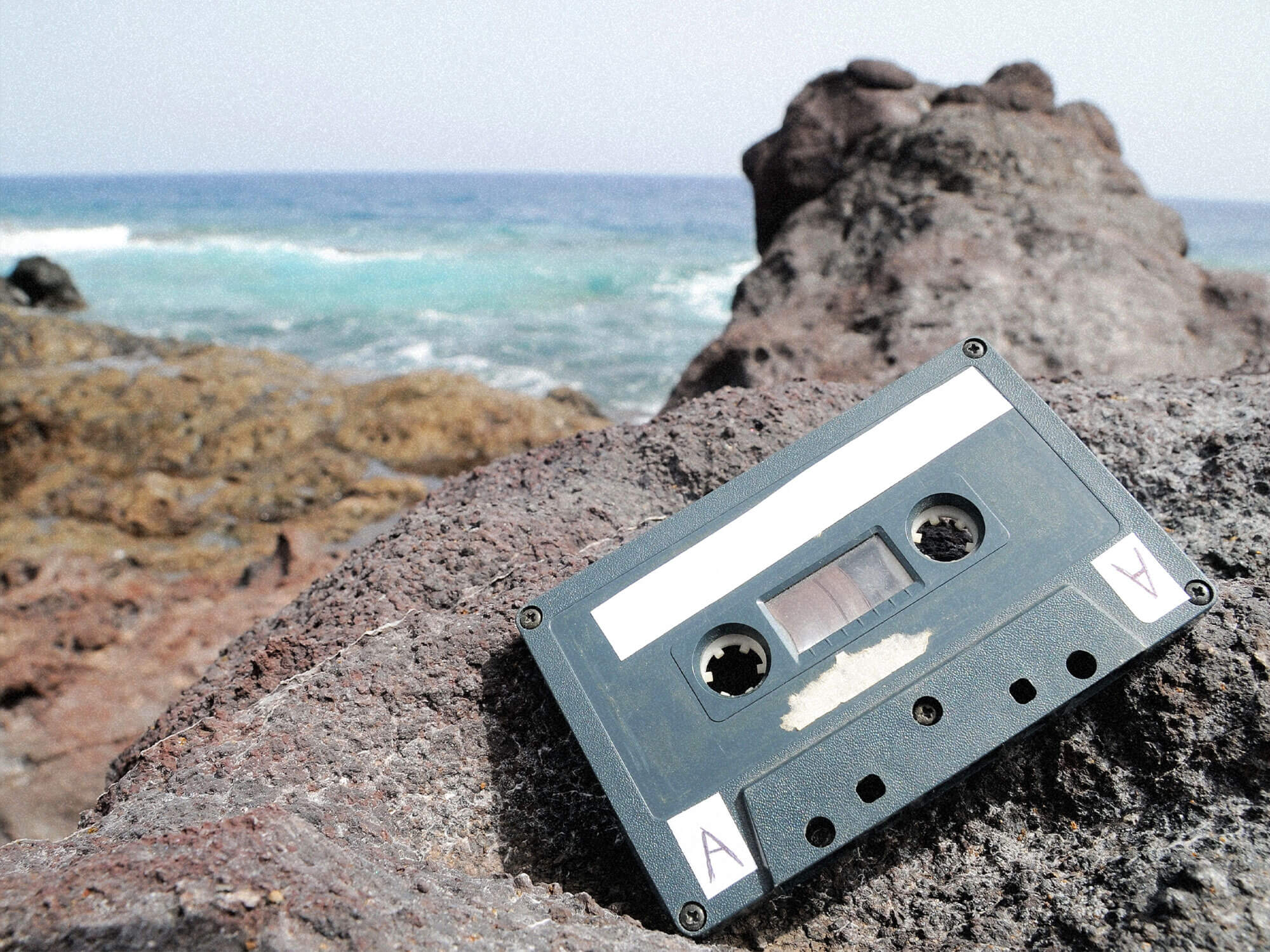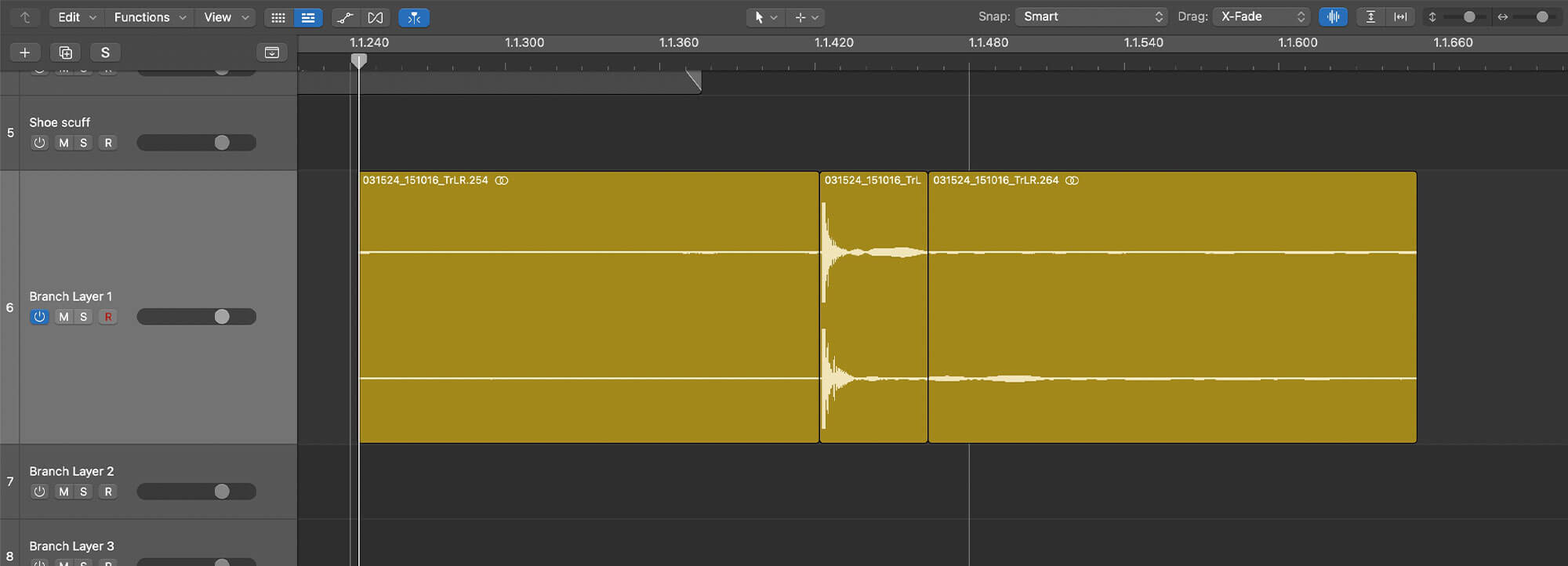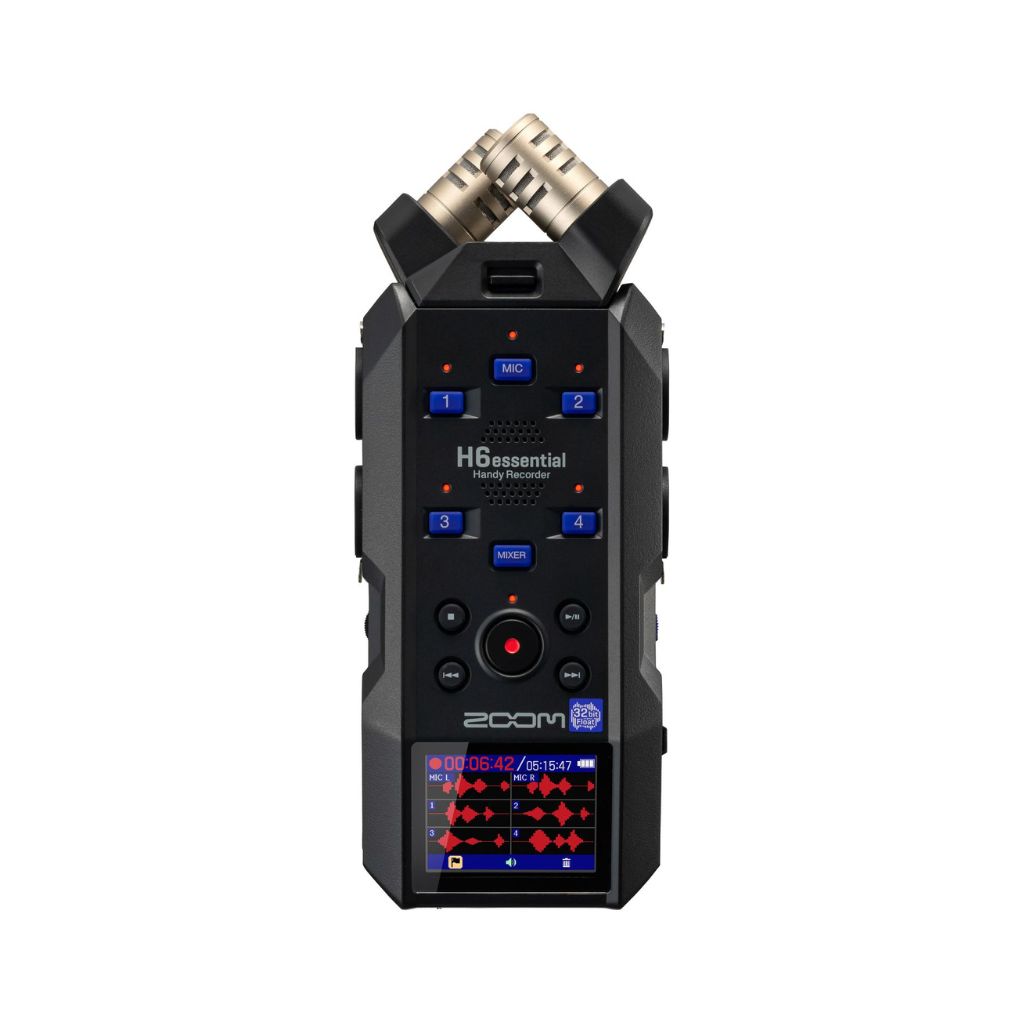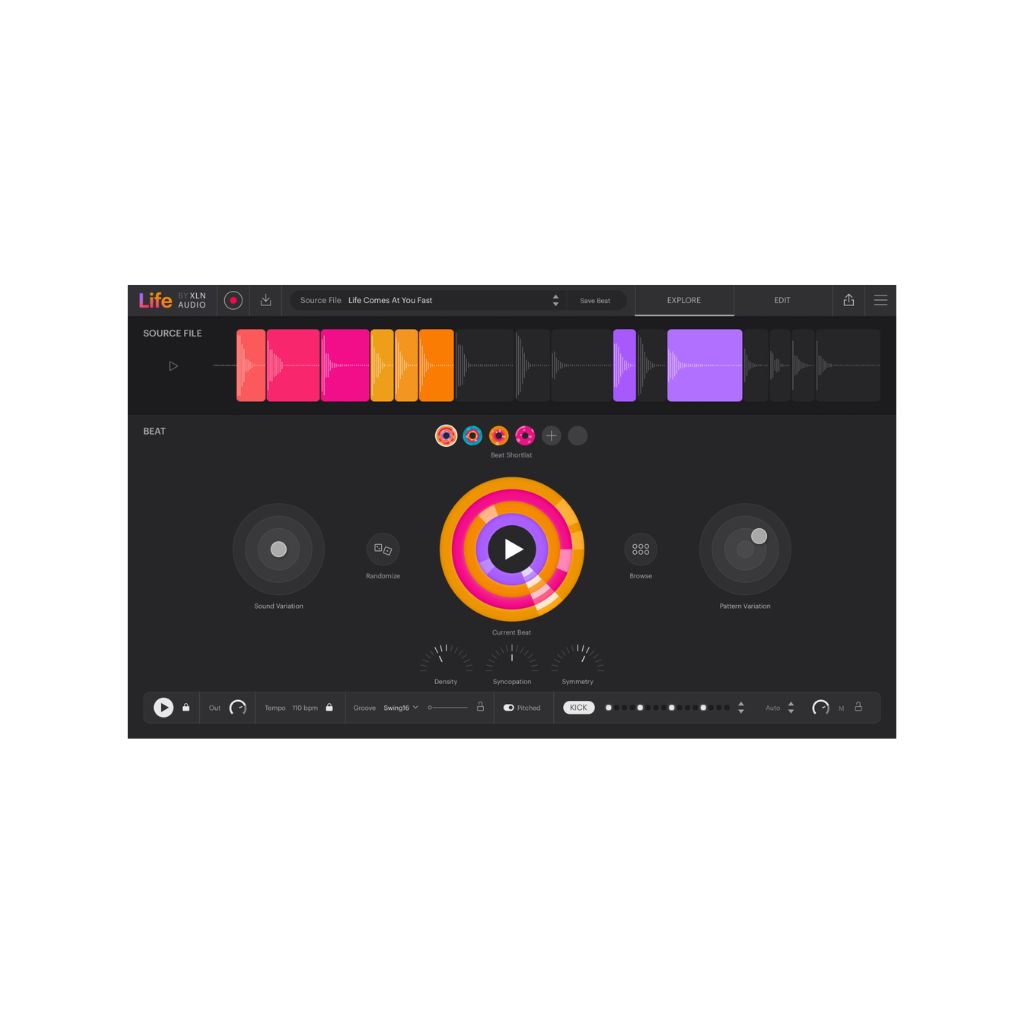How to bring the outside world into your beats
You can turn everyday sounds into unique and inspiring drums with just a few simple steps.

Image: Getty
If you’re tired of drudging through sample packs and presets for that perfect snare, fret not — there is an infinite library of noises just outside your studio to inspire you. And, with a small amount of editing and processing, those real-world sounds can become a unique snare, kick, or any other kind of drum hit.
Adding field recordings to a track is a tried and tested production trick. Whether you want to create a drum hit from scratch or add some sounds on top of your favourite sample, its a fantastic way to make your rhythms stand out.
The whole process is surprisingly easy. Let’s walk through the essential steps.
Get Inspired by Field Recordings
Start by gathering some audio. There are no rules! Everything from a barking dog to water droplets can be mixed into your production. However, it can help to think critically about what kind of drum hit you want to make and what kind of real-world sound is best suited.
We’re going to create a custom snare hit, and our ingredients will be the sound of a branch snapping, a can being crushed, and a foot scuffing against concrete. The branch will give us a strong percussive transient; the can will add some mid-range body to our sound; and the foot scuff can approximate some white-noise sizzle.

If you’re heading out to do some recording, Tascam’s Portacapture X6, or Zoom’s new H1essential, H4essential, and H6essential are strong options for capturing sounds on the fly. But don’t feel like you need expensive gear to get started; your smartphone, plus a recording app, is all you really need.
Hit record on a few interesting sounds then head back to your computer to get stuck into the creative side of things.
Slice and Layer
First and foremost, a little clean-up. Take your field recordings and import them into your favourite DAW. For each sound, look for the transient in the waveform. You’ll want to cut the audio file just before the start of the transient and also after the tail of the sound.

Essentially, you want to isolate the “hit” from any background noise, leaving you with a sample that is relatively short and snappy—perfect for playing as part of your kit.
If you recorded multiple takes of the same sound, like we did with our branch snaps, then repeat this editing process for some of the best takes; three to five will do. To finish, add a very small fade to the start and end of each sample.
If you’re in a hurry, the new XLN Life plugin can automate this entire process. With a convenient recording app for iOS and Android, the plugin seamlessly segments field recordings into drum hits and also comes with a fantastic beat generator.
On its own, our recording of a snapping branch didn’t have a lot of punch, so to add some weight we layered multiple different sounds on top of each other.
Our stack included five different sounds of a branch breaking, one crushed can, and one sound of a shoe scuffing on the concrete, resulting in something a bit fuller with a good amount of mids. When you’ve got something you like, bounce the sound out as a single file and import it back into your session, this will make it much easier to process and apply effects.
Dial in the EQ
There are plenty of ways to EQ your sound, so if you’re not sure where to begin, use a reference sample to help guide your decisions. An EQ plugin with an analyser can make it easy to see the frequency spread, and we used one to compare our recording with an off-the-shelf snare sample.
Snare hits have little to no bass frequencies below 100Hz, and have a consistent level of mid and high frequencies. With that in mind, we added a low-shelf cut to remove the bass frequencies.
Build Your Sound
With that groundwork out of the way, you can start having fun. We added a small amount of reverb to help our sound ring our, and then built up the texture by adding some distortion. This highlighted the crisp and crackling character we got from our can-crush and foot-scuff recordings, and helped the glue the whole sound together into one solid hit. Finally, we played with pitch shifting to nudge the sound into the sweet spot.
These effects can have a big impact on the final sound. If you’re out to make a hefty kick drum, then pitch shifting down and soaking it in reverb, for example, might produce something interesting. Use these effects and any others you want to spin out a collection of different samples.
Drop the Sample Into a Beat
You should now have some handcrafted hits that you can use to personalise your beat. Simply load the sound you’ve created into your favourite drum sequencer, sampler, or beat generator listen to the difference.
Find more music production techniques on MusicTech.


